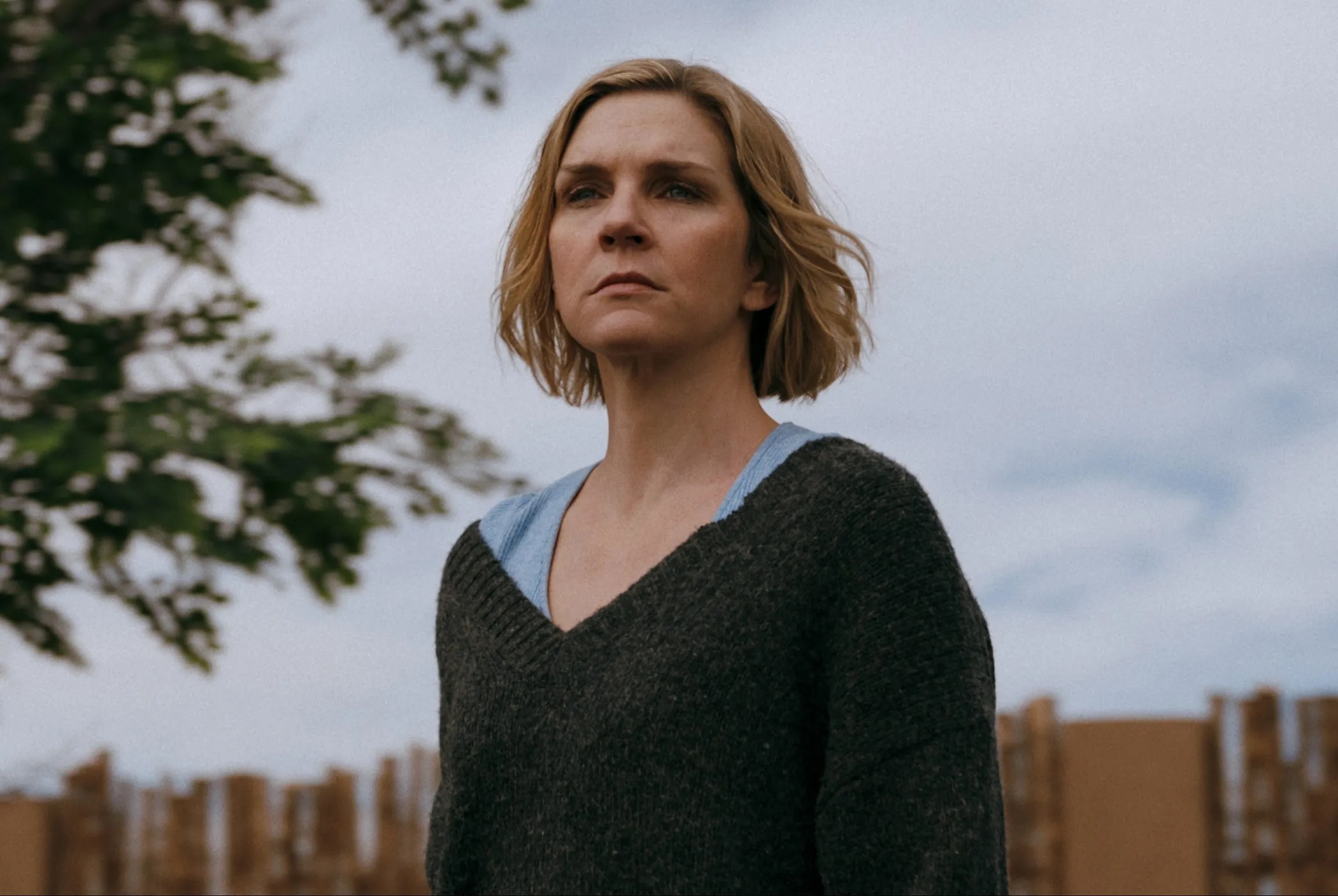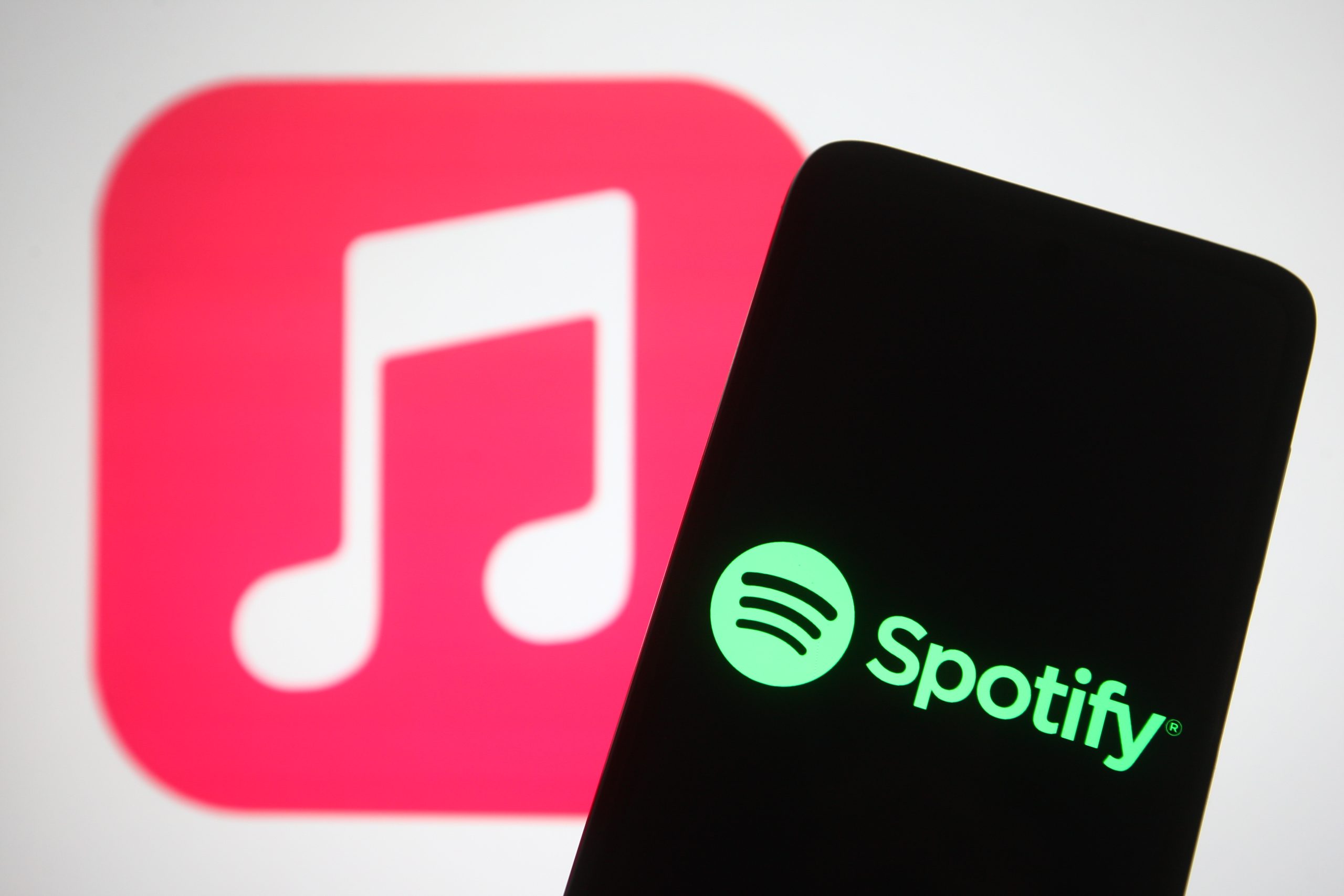
YouTube TV, a prominent live television streaming service, has announced a $20 credit for its subscribers in response to the extended absence of ESPN, ABC, and other channels owned by The Walt Disney Company. This financial gesture aims to mitigate customer frustration stemming from the blackout, which has deprived viewers of a significant portion of their subscribed programming for over a week. The news of the credit, initially reported by Variety, was subsequently confirmed by a YouTube spokesperson, indicating that subscribers would soon receive emailed instructions on how to apply the credit to their upcoming billing statements.
The Fallout for Subscribers
The removal of Disney-owned channels from YouTube TV’s lineup on October 31 left millions of subscribers without access to a wide array of popular content. For sports enthusiasts, the blackout meant missing crucial live events on ESPN and its affiliated networks, a significant draw for many who subscribe to live TV packages. Families were impacted by the disappearance of Disney Channel, Disney Junior, and Freeform, disrupting access to children’s programming and family-friendly entertainment. Local news and primetime shows on ABC affiliates also vanished, affecting a broad demographic reliant on these channels for information and entertainment.
This disruption underscores the vulnerability of consumers in the evolving media landscape. While live TV streaming services like YouTube TV offer an alternative to traditional cable, they are not immune to the same contractual disputes that have long plagued the pay-TV industry. Subscribers, who pay monthly fees expecting consistent access to content, often find themselves caught in the crossfire of negotiations between content providers and distributors, with little recourse beyond switching services or waiting for a resolution. The $20 credit, while a welcome gesture, may not fully compensate for the inconvenience and the perceived loss of value for those heavily reliant on Disney’s programming.
A Recurring Industry Challenge
The current standoff between Google-owned YouTube TV and Disney is far from an isolated incident; it represents a recurring challenge within the media industry, often referred to as a "carriage dispute." These conflicts typically arise when content distribution agreements expire, and the parties involved—the content owner (like Disney) and the distributor (like YouTube TV)—fail to agree on new terms, primarily revolving around the fees paid for the right to carry the channels.
This particular dispute echoes a similar incident in December 2021, when YouTube TV also experienced a brief blackout of Disney channels. On that occasion, the programming was restored within a day, and subscribers received a $15 credit. The pattern suggests a persistent tension over the value of Disney’s extensive portfolio and the costs associated with distributing it.
Historically, carriage disputes have been a fixture of the traditional cable and satellite television industry. Major media conglomerates like Disney, Warner Bros. Discovery, Paramount Global, and NBCUniversal hold significant leverage due to their ownership of highly desirable content, including popular sports leagues, blockbuster movies, and top-rated television series. Distributors, on the other hand, face pressure to keep subscriber costs down in an increasingly competitive market while still offering a robust selection of channels.
The shift towards streaming has not eliminated these conflicts but has rather transplanted them into a new digital arena. As consumers "cut the cord" from traditional cable in favor of more flexible and often cheaper streaming alternatives, live TV streaming services like YouTube TV, Hulu + Live TV, Sling TV, and FuboTV have emerged as popular choices. However, these services are still bound by the same fundamental economic models and licensing agreements as their predecessors, making them susceptible to the same types of blackouts.
The Economics Behind Carriage Disputes
At the heart of every carriage dispute lies a complex negotiation over financial terms. Content providers argue for "fair rates" that reflect the perceived value and popularity of their programming, citing increasing production costs and the demand for exclusive content. Disney, for instance, operates a vast media empire encompassing film studios, theme parks, and a broad portfolio of television networks, each with significant operational expenses. The fees collected from distributors like YouTube TV contribute substantially to their revenue streams and their ability to invest in new content.
Conversely, distributors like YouTube TV contend that content providers are demanding "price hikes" that are unsustainable for their business model and ultimately passed on to consumers. Live TV streaming services aim to offer a compelling alternative to traditional cable, often at a lower price point. However, if the cost of acquiring content rights escalates too rapidly, they are forced to either absorb those costs, which impacts profitability, or raise subscription fees, which risks alienating price-sensitive customers and driving churn.
The negotiation dynamics are further complicated by the bundling of channels. Media conglomerates often insist that distributors carry a full suite of their channels, including less popular ones, as a condition for access to highly sought-after networks like ESPN or ABC. This practice, known as "tying," can inflate the overall cost for distributors and, subsequently, for consumers who may only desire a few specific channels. YouTube TV’s criticism of Disney’s "supposed price hike" and Disney’s assertion that YouTube TV is "refusing to pay fair rates" are common refrains in these high-stakes negotiations, each side attempting to frame the narrative in its favor.
Impact on the Streaming Landscape
These blackouts and the underlying disputes have significant implications for the broader streaming landscape. For YouTube TV, a service with over 5 million subscribers as of late 2022, the prolonged absence of Disney channels poses a substantial risk of subscriber churn. While the $20 credit is a compensatory measure, repeated or lengthy disruptions can erode customer loyalty and push users towards competitors or entirely different entertainment options. Maintaining a comprehensive channel lineup is crucial for these services to retain their value proposition against traditional cable and other streaming alternatives.
For Disney, while the immediate financial impact of a temporary distribution loss might be manageable given its diverse revenue streams, prolonged blackouts can damage brand perception and limit the reach of its content. In an era where direct-to-consumer services like Disney+ are central to its strategy, ensuring broad availability of its linear channels remains important for advertising revenue, brand visibility, and driving interest in its other platforms.
More broadly, these incidents highlight the growing fragmentation of content and the increasing complexity for consumers trying to access their desired programming. The promise of cord-cutting was often tied to simplicity and cost savings, but as more services emerge and carriage disputes persist, the landscape can feel just as fragmented and expensive as traditional cable, albeit with different providers. This can lead to "subscription fatigue," where consumers feel overwhelmed by the number of services they need to subscribe to and the associated costs.
The Consumer Caught in the Middle
Ultimately, the most significant impact of these disputes falls on the consumer. Subscribers sign up for services with the expectation of seamless access to their preferred content. When channels disappear, even temporarily, it disrupts viewing habits, causes frustration, and can lead to a sense of being exploited by powerful corporations. The financial credit, while a step towards acknowledging this inconvenience, often feels like a small consolation compared to the loss of access to live sports, news, or cherished entertainment.
The constant threat of blackouts forces consumers to re-evaluate their choices. Some may choose to switch to a competitor, though other live TV streaming services are also susceptible to similar disputes. Others might opt for a combination of standalone streaming apps, a more à la carte approach that can sometimes be more expensive but offers greater control over specific content. The growth of free ad-supported streaming television (FAST) channels also provides an alternative, though typically without the live, premium content found on ESPN or ABC.
Looking Ahead: The Future of Content Distribution
The ongoing tension between content creators and distributors is likely to persist as the media industry continues its rapid evolution. As content costs rise and consumer tolerance for price increases remains limited, the pressure on both sides of the negotiating table intensifies. The "fair rate" argument will continue to be a central theme, reflecting the inherent conflict between maximizing revenue for content owners and providing affordable access for consumers via distributors.
One potential future scenario involves more direct relationships between content creators and consumers, further accelerating the trend towards standalone streaming services. While this offers choice, it also risks creating a highly fragmented ecosystem where consumers must juggle numerous subscriptions. Another possibility is the development of more flexible bundling options, allowing consumers to select specific channels or smaller genre-based packages rather than being forced into large, predetermined bundles.
For now, YouTube TV’s $20 credit serves as a tangible acknowledgment of the inconvenience caused by the protracted dispute with Disney. While it offers some financial relief, the broader implications of these carriage disputes—the disruption to viewers, the financial pressures on services, and the ongoing recalibration of value in the digital age—will continue to shape the future of how we consume television. The resolution of this particular standoff will undoubtedly be watched closely by industry observers and, more importantly, by the millions of subscribers hoping for the swift return of their favorite Disney channels.





